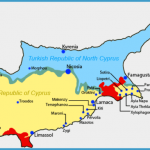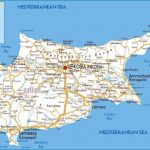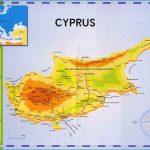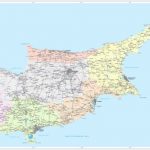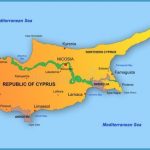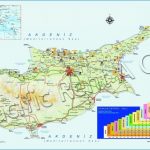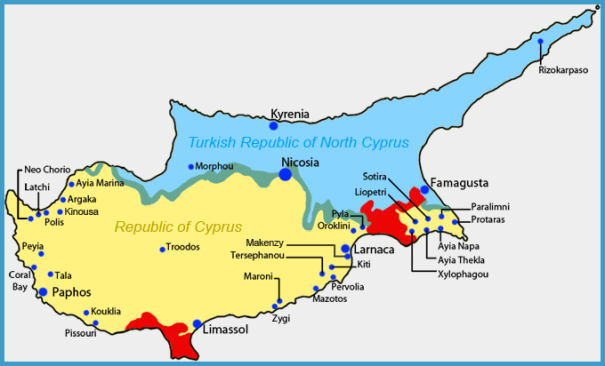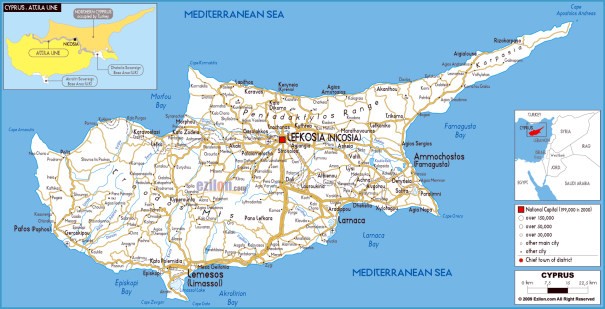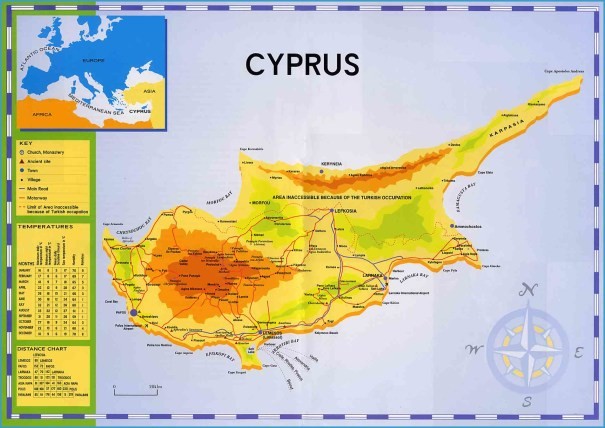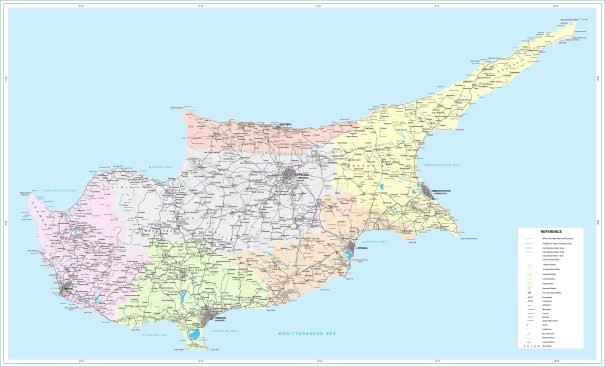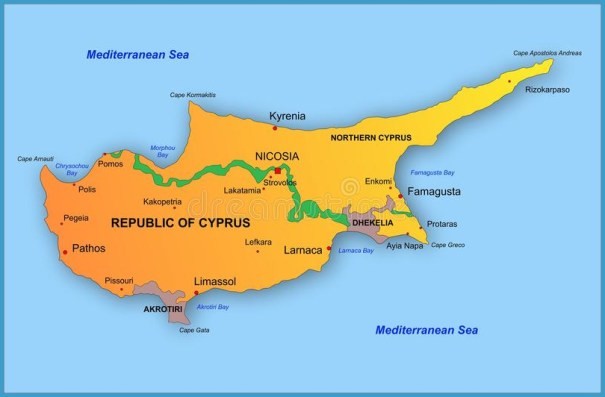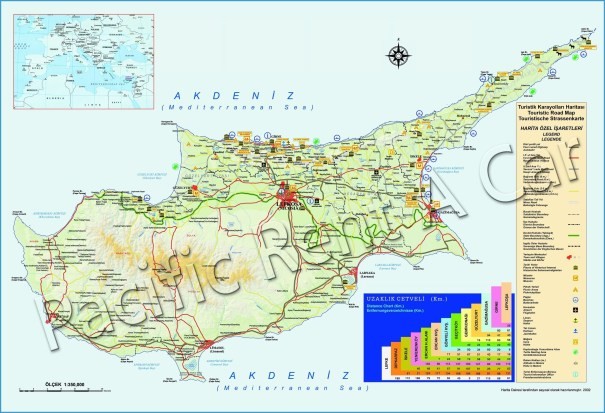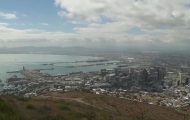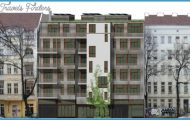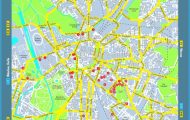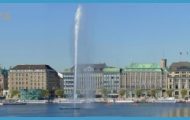Fresco from the Byzantine church of Arakas
The Venetian rule (1489-1571 A.D.) was for the Cypriots worse than the Frankish. The Venetians faced Cyprus as a colony and tried to exploit the island’s resources by imposing heavy taxes, while the socioeconomic regime did not change from the previous period. The Venetians were conscious of the forthcoming Turkish invasion and hurriedly constructed the Nicosia and Famagusta walls. In the case of Nicosia, the walls were smaller in circumference than the pre-existing Lusignan ones, with 11 bastions and three gates. Currently, the walls of Nicosia and the gates, particularly Famagusta Gate, constitute the most significant relics of the Venetian period. Towers as observatories, were also constructed at Xylofagou, Pyla, Kiti and Alaminos in Larnaka district, while the castle of Kyrenia was strengthened. Furthermore, the Venetians exploited further the salt production from the Salt Lake of Larnaka. An important handicraft of this period were the laces of Lefkara. According to tradition, Leonardo da Vinci was impressed by the laces of Lefkara and during his visit to Cyprus (1481) bought an embroidered piece of cloth for the cathedral of Milan. Furthermore, it is during this period that the Pediaios river, which flowed through the center of Nicosia, was diverted outside the walled city. Despite the fortifications constructed or improved, Turkey successfully attacked Cyprus, gaining control of the island after the fall of Famagusta which had heroically withstood the Turkish siege for a year.
The Turkish rule (1571-1878 A.D.) was characterized by oppressive taxes, misgovernment, decline of trade and productivity as well as decrease of population. Furthermore, earthquakes, epidemics and plagues of locusts were a feature of the period. It is worth mentioning that after 307 years of Turkish rule there was only one single cobblestone road in Cyprus linking Larnaka with Nicosia. However, a certain amount of autonomy was granted, while the Greek Orthodox Church was reestablished and the Latin Church was expelled. The institution of dragoman (liaison between the Cypriot people and the Turkish Government) was set up with dragoman Hadjigeorkakis Kornesios proving to be a most remarkable personality . The influence of the Church gradually increased, while during the War of Greek Independence, in 1821, Archbishop Kyprianos of Cyprus and other prelates were executed on suspicion of conspiracy. During the last decades of the Turkish rule Cyprus was divided into six districts with 17 departments (katilikia). Schools functioning during the Turkish rule were exceptionally few, some functioning within the main monasteries of Cyprus (Kykkos, Machairas, Chrysorrogiatissa, Trooditissa, Agios Chrysostomos, etc). It is, however, during this period that many Christian cathedrals and chapels were converted into mosques, like Agia Sofia in Nicosia and Agios Nikolaos at Famagusta. The establishment of khans and public baths (hamam) was another feature of the period, while some fortification works were executed like the reconstruction of the Pafos castle, etc.
Cyprus Map With Cities Photo Gallery
The British Administration lasted for 82 years (1878-1960 A.D.). The administration of Cyprus to Great Britain was transferred after an agreement between Great Britain and Turkey. In 1914 the island was annexed and after all rights and claims to the island were renounced by Turkey, Cyprus was declared a Crown Colony in 1925. During the British rule an efficient judicial system and an effective police force were introduced, while considerable improvement in agriculture, road construction, education and the public services were achieved. Nicosia town expanded beyond the enclosed walls, some Government Departments were set up and a new road network linked Nicosia with all other towns and large villages. A railway line linked Famagusta with Nicosia and further west with Morfou and Evrychou. During the last decades of the British administration a few light industries appeared as well as some tourist activities.
Cyprus Cities Map, Major Cities in Cyprus
The hoisting of the British flag in Nicosia (engraving)
The Skouriotissa mine, as well as some other mines, offered employment to thousands of unemployed Cypriots. Between 1955 and 1959 Cyprus experienced its Liberation Struggle for the Union of Cyprus with Greece. It was a centuries-old ardent desire which culminated in conflict between the Greek Cypriots and the British. Finally the Zurich-London Agreements of 1959 set up the Cyprus Republic. On 16th August 1960 Cyprus was declared an independent republic. However, the constitution was complex and unworkable, and as has been written by eminent legal authorities, it denied majority rule. It contained many divisive elements which could, from moment to moment, lead to conflict.
Republic of Cyprus (1960 +)
The real development of Cyprus was achieved after Independence (1960). The population of Cyprus, particularly of the main towns, increased significantly, the services were multiplied, unemployment was curtailed, all sectors of the economy were developed with the per capita annual income increasing considerably. Currently, Cyprus is among the top 25 countries of the world with regard to per capita annual income. Industrial estates and zones were set up in many places, while new hotels and public buildings as well as an efficient road network were established. However, the Turkish invasion of 1974 had as a result the occupation of a large number of settlements in the northern part of the island, the inhabitants of which are currently displaced in the free part of Cyprus. Cyprus is, currently, exerting every effort to expand all sectors of economy, to improve the life of its citizens and above all to reunite the two separate parts of the island.

